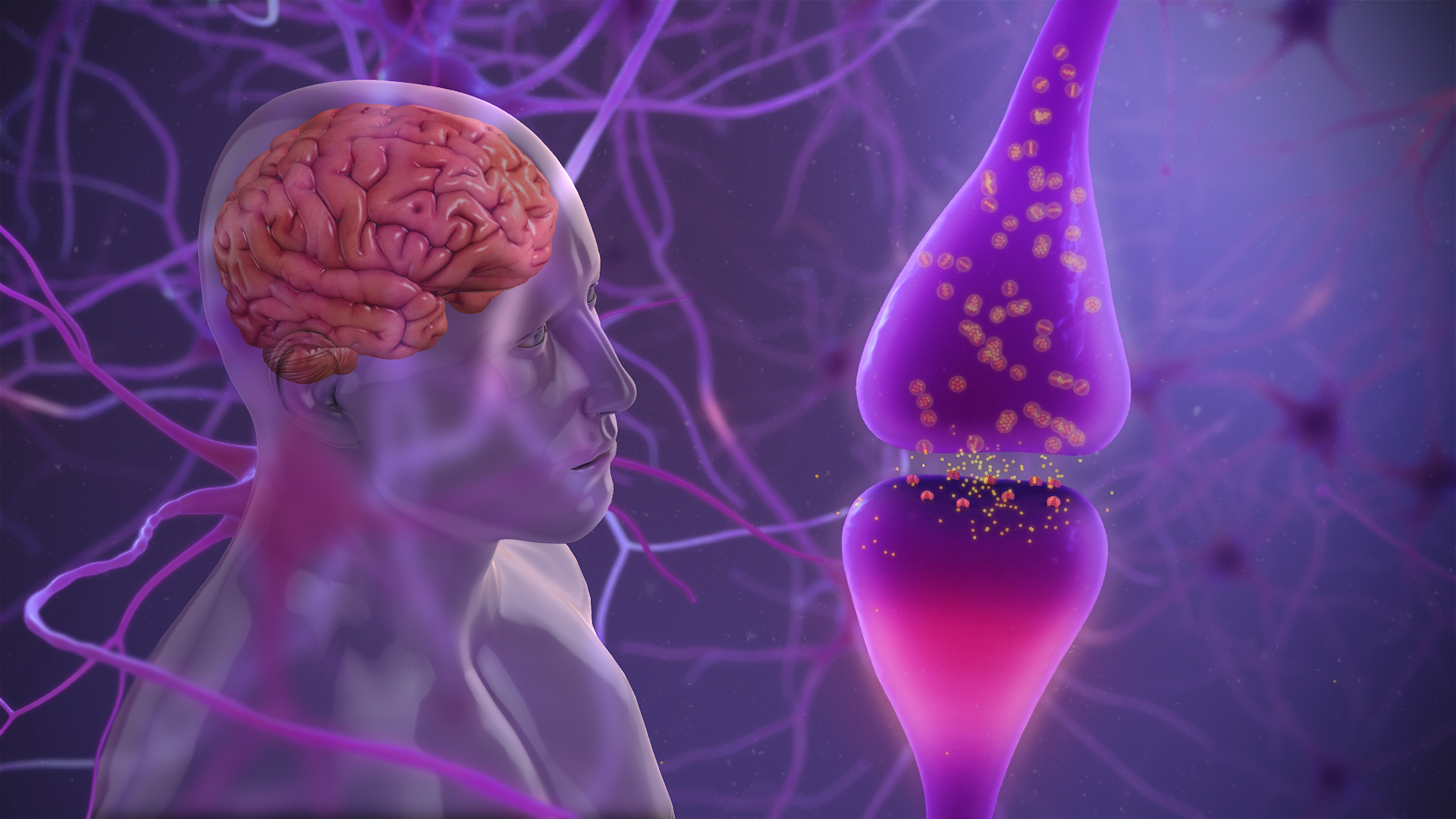Parkinson's disease, a complex and progressive neurodegenerative disorder, stands as a formidable challenge for both individuals affected and the medical community. Named after James Parkinson, who first described its symptoms in 1817, this condition gradually manifests, impacting movement and, in some cases, cognitive function. As we delve deeper into the intricacies of Parkinson's disease, we aim to unravel its complexities, exploring its symptoms, causes, diagnosis, treatment options, ongoing research, and the ways individuals navigate life with this condition.
**1. The Symphony of Symptoms:
Tremors:
One of the hallmark signs of Parkinson's is tremors,
involuntary shaking usually starting in the hands. These tremors often occur
when the individual is at rest and may progress over time, affecting other
parts of the body.
Bradykinesia:
Bradykinesia, or slowness of movement, is a defining
feature. Tasks that were once automatic become challenging, and movements may
become noticeably slower, impacting daily activities.
Stiffness:
Muscle rigidity and stiffness can affect various parts of
the body, hindering natural movement and flexibility. This stiffness can lead
to discomfort and difficulty in performing routine motions.
Postural Instability:
Maintaining balance becomes increasingly difficult, leading
to an increased risk of falls. Postural instability is a progressive aspect of
Parkinson's disease and can significantly impact an individual's daily life.
Changes in Handwriting:
Known as micrographia, individuals with Parkinson's may
experience a gradual decrease in the size of their handwriting, reflecting the
impact on fine motor skills.
**2. The Underlying Causes:
Dopamine Deficiency:
The primary cause of Parkinson's is a depletion of
dopamine-producing cells in the brain. Dopamine is a neurotransmitter crucial
for smooth and coordinated movement. As these cells degenerate, the brain's
ability to regulate movement is compromised.
Genetic Factors:
While most cases are sporadic, some familial links exist,
indicating a genetic predisposition in a small percentage of individuals.
Researchers are actively exploring the genetic underpinnings of Parkinson's
disease to better understand its origins.
Environmental Triggers:
Exposure to certain toxins and environmental factors may
contribute to the development of Parkinson's disease, though specific causative
agents are still under investigation. Pesticides and other environmental toxins
have been implicated, but the relationship is complex.
**3. Navigating the Diagnostic Landscape:
Diagnosing Parkinson's disease requires a thorough
examination of symptoms, medical history, and often, neurological tests. There
is no definitive test, and the process involves ruling out other conditions
that may mimic Parkinson's symptoms. Specialized imaging techniques, such as
DaTscan or MRI, may assist in visualizing changes in the brain's dopamine
system, supporting the diagnostic process.
**4. The Journey of Treatment:
While there is currently no cure for Parkinson's disease,
various treatment modalities aim to manage symptoms and improve the quality of
life for affected individuals.
Medications:
Levodopa, a precursor to dopamine, is a primary medication
used to replenish dopamine levels in the brain. Other drugs focus on regulating
neurotransmitters or addressing specific symptoms like tremors or stiffness.
Deep Brain Stimulation (DBS):
In cases where medication effectiveness wanes, DBS involves
implanting electrodes into specific areas of the brain to modulate abnormal
nerve signals. This surgical procedure has shown success in alleviating
symptoms, particularly in advanced stages.
Physical and Occupational Therapy:
These therapies aim to improve mobility, enhance muscle
strength, and provide strategies for daily living to maintain independence.
Physical and occupational therapy play crucial roles in managing the impact of
Parkinson's on movement and daily activities.
**5. The Ongoing Research Odyssey:
The scientific community continues to explore groundbreaking
avenues in Parkinson's research. From investigating potential neuroprotective
agents to examining the role of genetics, ongoing studies strive to deepen our
understanding and unlock new treatment possibilities. The quest for
disease-modifying therapies and innovative interventions remains at the
forefront of Parkinson's research.
**6. Navigating Life with Parkinson's:
Living with Parkinson's disease presents unique challenges
for both individuals and their caregivers. Support groups, adaptive
technologies, and lifestyle modifications play pivotal roles in enhancing daily
life. As the disease progresses, a holistic approach to care becomes essential,
addressing not only physical symptoms but also the emotional and social aspects
of living with Parkinson's.
Conclusion:
As we unveil the enigma of Parkinson's disease, it becomes
evident that this complex condition demands a comprehensive approach—from
understanding its symptoms and underlying causes to navigating the diagnostic
landscape and embracing evolving treatment modalities. While the road ahead in
Parkinson's research holds promise, the journey for those affected requires a
combination of medical intervention, support, and resilience. By fostering
awareness, promoting ongoing research, and providing compassionate care, we
strive to improve the lives of individuals living with Parkinson's and work
towards a future where effective treatments and, ultimately, a cure can be
realized.


No comments:
Post a Comment